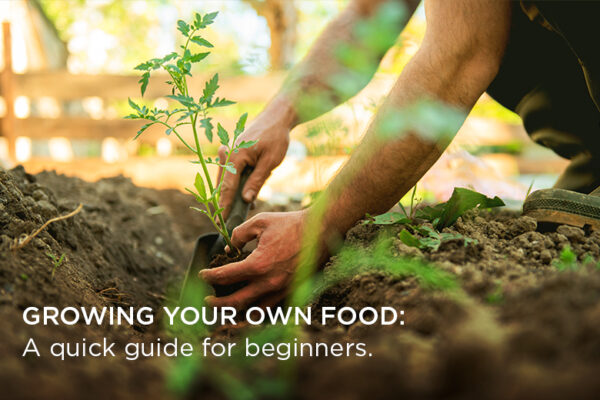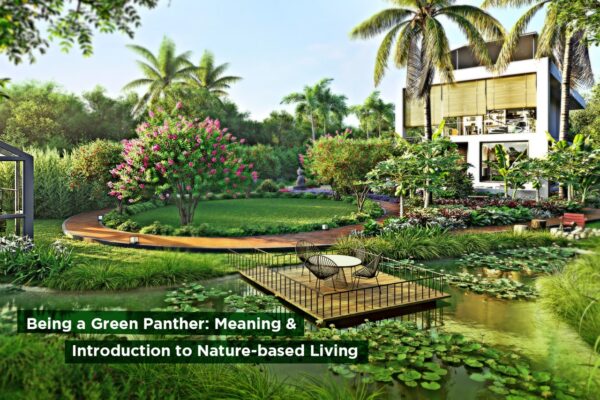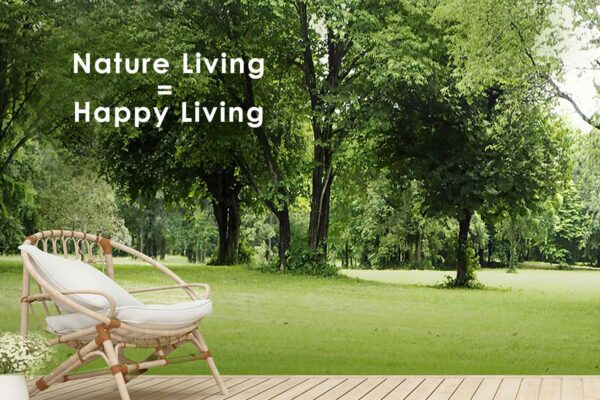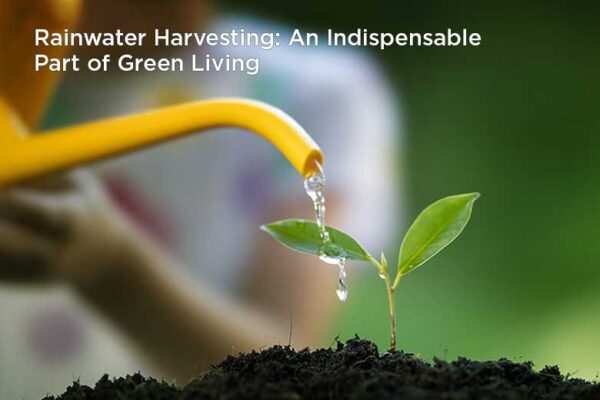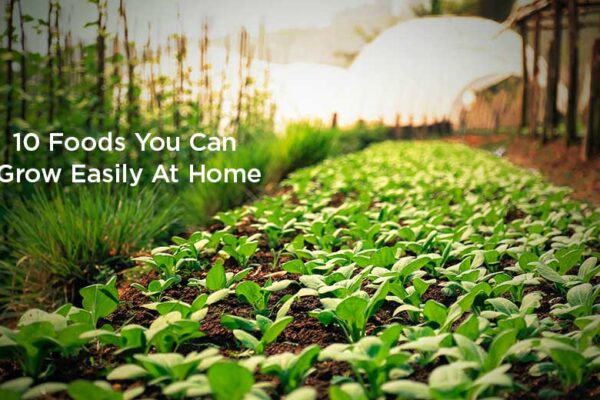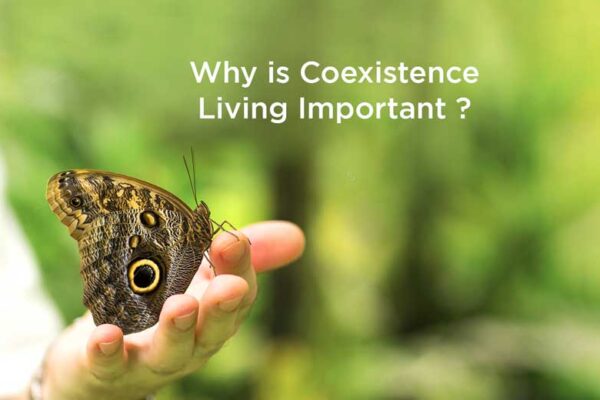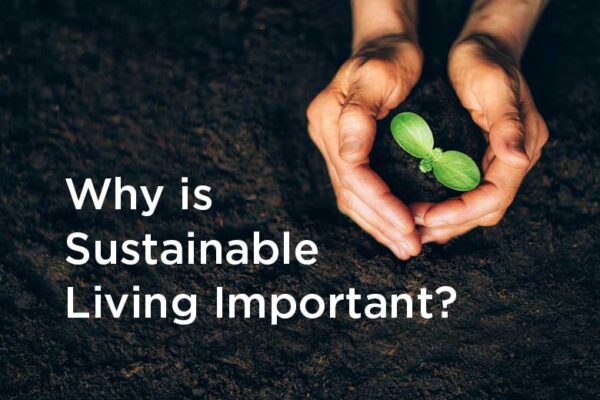Sustainable Living: Is it really possible?
You have heard of at least one business/brand talking about its sustainable business practices. You make a point to buy eco-friendly idols of your deities during festivals, because you care for environment. You like to look for organic alternatives of the food you eat. You have been hearing about sustainability more than ever as the entire world has awakened to the need of conserving natural resources, protecting environment and reducing carbon footprints for earth and life to sustain
Sustainable living, which is often simply understood as green living, is being looked upon as a significant way an individual can contribute towards sustainability. But, many ask, is sustainable living really possible? Is it feasible to live with environment-consciousness in mind all the time? Will it make any difference to the world at large if only a few choose to live sustainably? Well, the answer to all your questions is YES.
Conserving natural resources and preserving the beauty of the world for the generations to come is certainly not just a few environment-loving individuals’ job. It will take the combined efforts of the local authorities and government bodies to see the greater impact. However, no individual’s role is insignificant in initiating a positive change. When you choose to be aware, thoughtful and pro-active, you set an example and inspiration for others to follow.
Sustainable living, in essence, is a collection of smart and thoughtful choices you can make in your day to day life such that it reduces your carbon footprint. You may be buying eco-friendly products for your home and office, you may be planting trees around you, but there’s much more you can do that helps increase positive impact on environment in daily life. All you need to do is make conscious and consistent efforts, modify your lifestyle a bit and be open to change a few habits.
Here’s a few quick and easy ways you can embrace sustainable living:
Consume Consciously
Everything you consume – food, clothing, lifestyle products, electronics, goods, services – has a great environmental impact. Before you buy anything, ask if it is really needed. Reducing consumption, or finding alternative ways like recycling or reusing the products you already have, can help you minimize negative impact on the environment. Consider swapping or borrowing the products from your friends/family. Avoid replacing existing and well-working products every few years, for variety or upgrade. Encourage others to share/swap/lend/borrow products within your social circle. If you are buying a new product, check if energy-efficient or eco-friendly options are available in the market.
Make Home Sustainable
Whether you are buying a new or second home or thinking to upgrade your existing home, find out if you can make it energy efficient. Choose to have your home powered by solar. Have a kitchen garden or backyard garden (depending upon the availability of the space) and grow your own, organic food. Gardening offsets some of the domestic emissions. If you are maintaining a kitchen garden, you can turn your everyday food waste into compost which can be used to nurture your plants.
Reduce Waste Generation
One of the most underrated human habits that cause environmental damage is waste generation. Individually as well as collectively we generate humongous amount of waste every day. Waste, especially plastic waste, which goes into land fill and oceans poses great threat to terrestrial and marine life. Air pollution, land pollution and water pollution can be reduced with our conscious efforts in managing our consumption. Eliminating one-time-use plastics from our lifestyle, reducing or refusing use of plastic packaging material, using reusable water bottles and containers, using washable and reusable cloth bags for shopping, carrying water from home to avoid buying plastic water bottles when travelling/commuting, using metal straws instead of plastic, taking containers from home for take-away order from restaurants, etc. are a few quick ideas that can take some efforts to build a practice, but it is worth it.
Grow Your Food
Ample open space / outdoor area is sheer luxury. Not just because it reflects copiousness, but also because it offers you the privilege to design and develop your own mini-farm. Instead of just adding a bouquet of floral plants, some succulents and a few trees to your outdoor area; choose to nurture a piece of your land as your food land. Akin to buying local, growing your own, organic, chemical-free food at home complements the idea of sustainable living as you fulfill some of your food needs. Gardening and home farming also offsets some of the domestic emissions.
Be Fuel-wise
Be future-ready. Just as solar power is the future of energy, EV is the future of automobiles. Electric vehicles are looked upon as the potent solution to rising carbon emissions and pollution levels. The governments across the globe are promoting EVs as one of the effective measures to address climate change concerns. Make your home future-ready by having EV charging point installed to make your transition from petrol/diesel vehicle to electric vehicle, easy.
These ideas will give you the much needed start to weave in sustainability in your everyday life. As you practice these, you will find several other avenues in your lifestyle where you can make minor changes to live a sustainable life in your own little ways.
If you are looking for a sustainable, authentic farm house living experience that supports your green living goals with its futuristic planning, design and features, visit www.greenpanther.in





